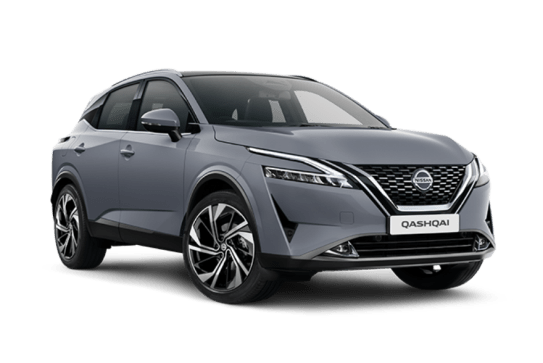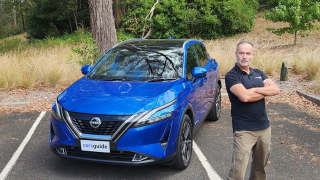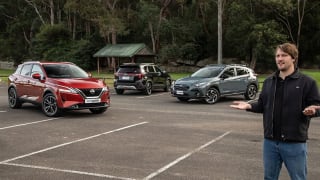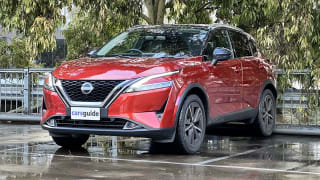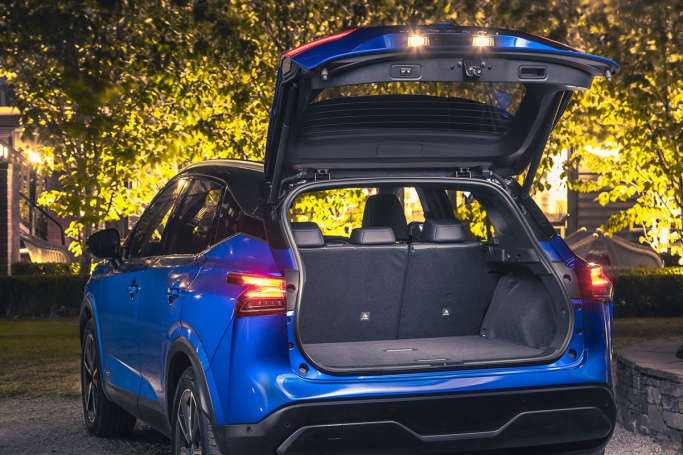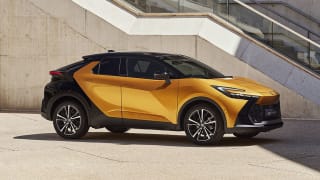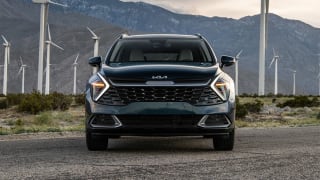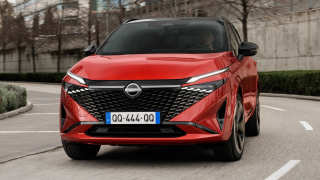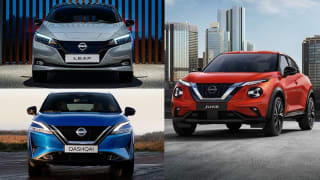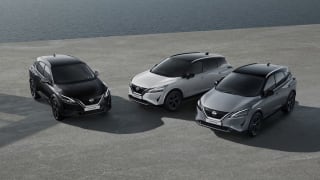Nissan’s Qashqai has been on the scene for longer than you might think.
Originally sold in Australia as the exceptionally popular Dualis, the small SUV returned for a second generation, a range refresh and a new name in 2014, to line up with Nissan’s international naming conventions.
Available as both a front and all-wheel-drive SUV, Qashqai customers can also choose between manual and constantly variable automatic transmissions, hooked up to a choice of petrol or turbodiesel engines, as well as a series of trim levels from the basic city runabout to more luxurious, family-oriented versions.
Current prices range from $34,390 to $52,590 for the Qashqai ST and Qashqai TI E-Power 2-Tone (hybrid).
This vehicle is also known as Nissan Dualis (Japan and Australia, 1st gen.), Nissan Rogue Sport (United States, 2nd gen.).


